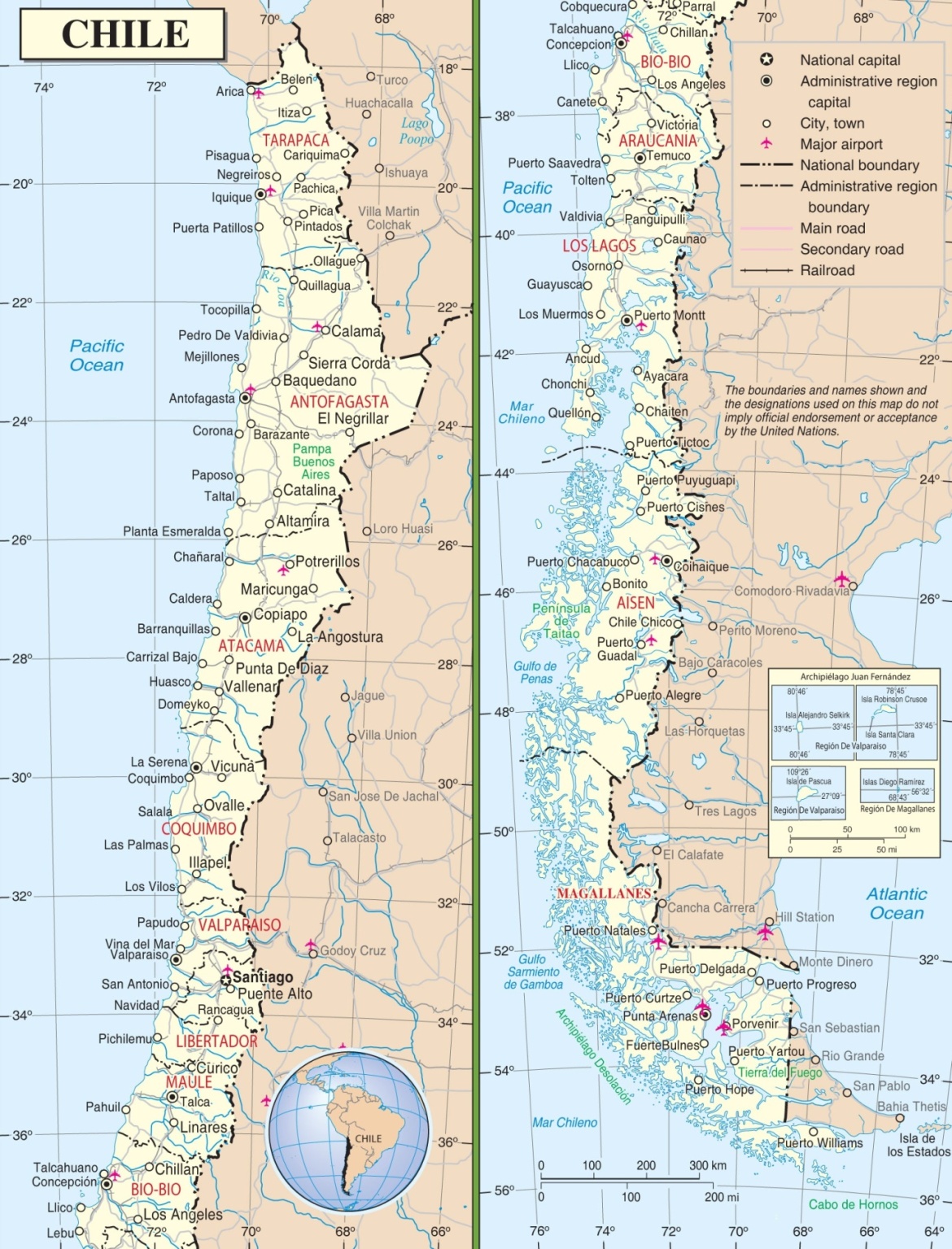
My husband suffers from acid reflux and I had to change my cooking style for him. It was tough.
Everything has to be cooked from scratch. There cannot be no preservatives, artificial flavours, no instant or fast food. Have to take the extra time to make it my own.
For the first 2 to 3 years, he had to take Lansoprazol. He no longer uses any medicine and controls his acid reflux with exercise and diet.
My first step was to find out what foods he could eat and what he could not.
• No fried foods
• Drink 2% milk not whole or cream
• No soda
• Maximum of two coffees a day (started the first two years only on decaf)
• Limit liquor
• He is able to eat a limited amount of fresh tomatoes
• No peppermint tea or mate (the following is a link that explains what is mate)
• No flavour cubes in foods, I use only natural herbs.
• No lemons, limes or oranges, (he is now able to eat grapefruit)
• Lots of fruits and veggies (fruits are his preferred snack)
• Occasional homemade sweets — pie or oat cookies.
He has to sleep with at least three pillows to keep him elevated. He cannot eat and lie down. He must wait at least 2 hours after eating before laying down.
We have a good breakfast between 7:30 and 8am, for example two toast with homemade jam, a coffee with milk, and some fruit.
At around 11am, he has a small snack of fruit and-or yogurt.
Here in Chile, lunch is at 1pm. We always have a good size lunch of salad, main meal, second and last coffee for the day with a dessert.
At about 4:30pm we have another small snack.
At about 7pm we have our last meal for the day, usually leftovers from lunch or homemade soup.
When you have an illness and needs to eat well, depending on where you live it can be a nightmare.
It is not easy or cheap to eat healthy here. Many people know Chile for its fruit and vegetables which are exported around the world.
You may have even eaten some.
But here in southern Chile it is not easy to get the same fruits and vegetables. The best produce is exported and by the time the rest arrives here, it is not always in good condition.
Most fruit and vegetables items are grown in the central region of Chile.
From there the produce for local consumption is shipped to Puerto Montt where the trucks get on cargo-passenger ferries to Puerto Chacabuco. From Puerto Chacabuco the trucks take a road to Puerto Ibañez. Then from Puerto Ibañez on another ship across the lake, to Chile Chico.

The cost of shipping is very expensive. Also, the whole process can take over two weeks for the produce to arrive.
During the spring and summer seasons, when tourist are plentiful, fresh food sells out fast.
I try to preserve foods that are grown locally. I like to can cherries.
Chile Chico is a huge grower and exporter of cherries.
I also have apricots on my homestead that I like to can for my family.
Fresh herbs are scarce and never plentiful. Over the last two years, the local stores are stocking more dried herbs. I buy them and stock up one the ones I use the most.
Cooking for someone with a stomach illness was hard at first as you cannot eat nothing in packages. I have to cook all our food for lunch and supper. But the plus side is that we are all benefiting from eating healthy. This is good for the children as one has ADD and social delay and the other is super active.